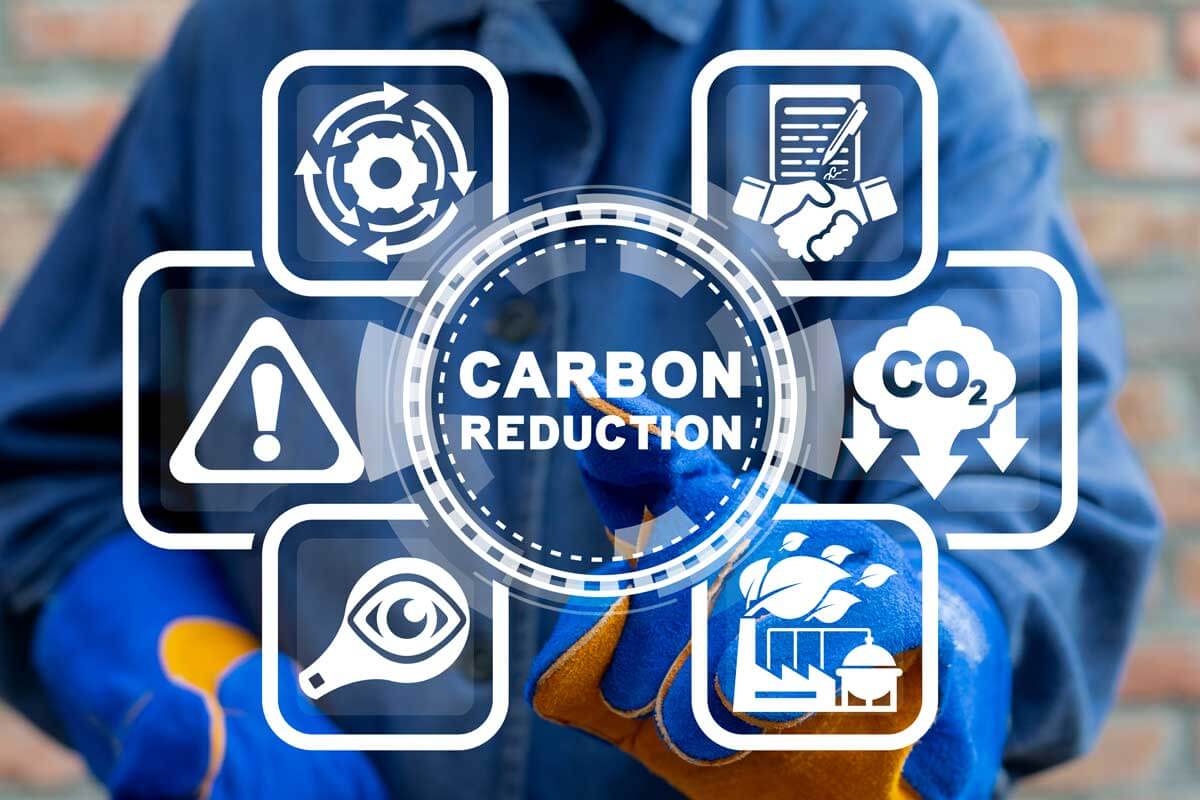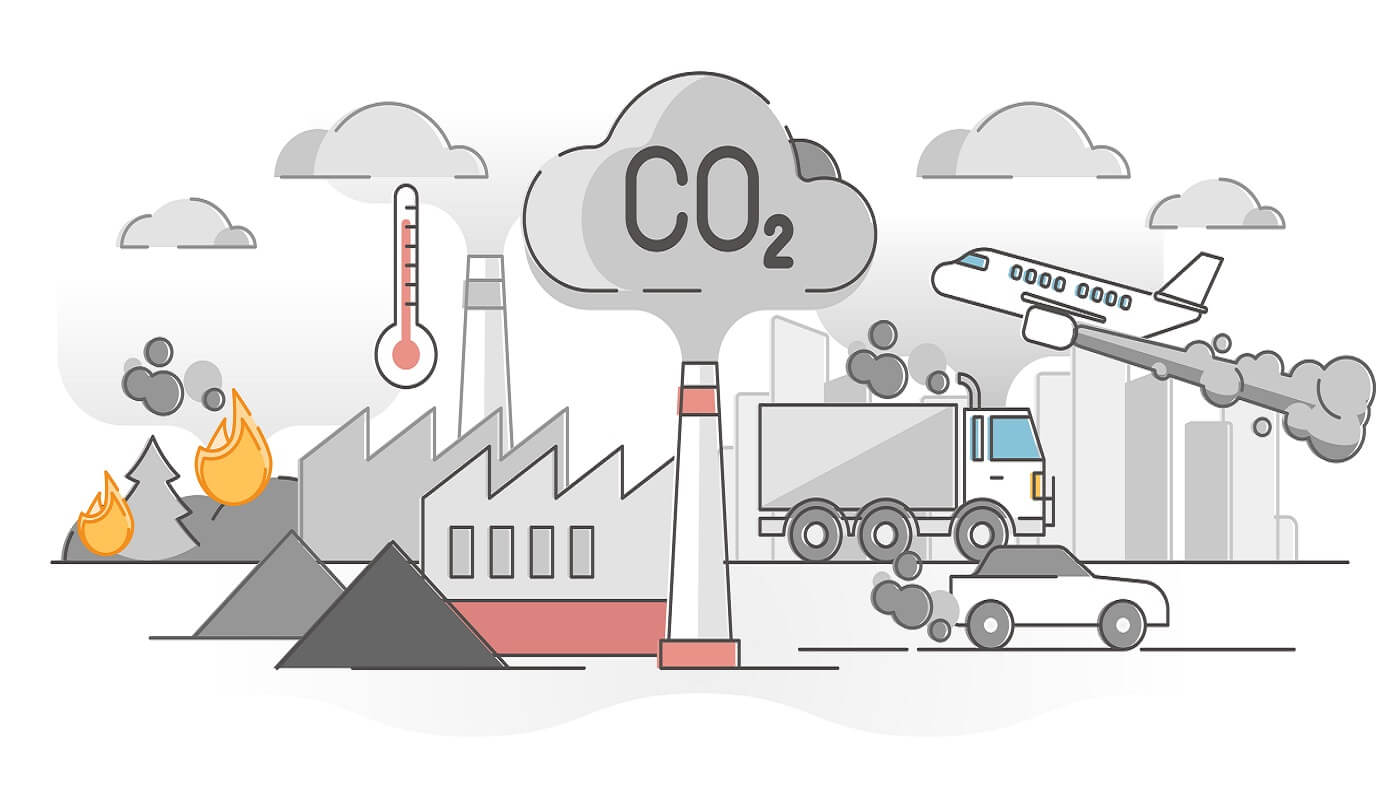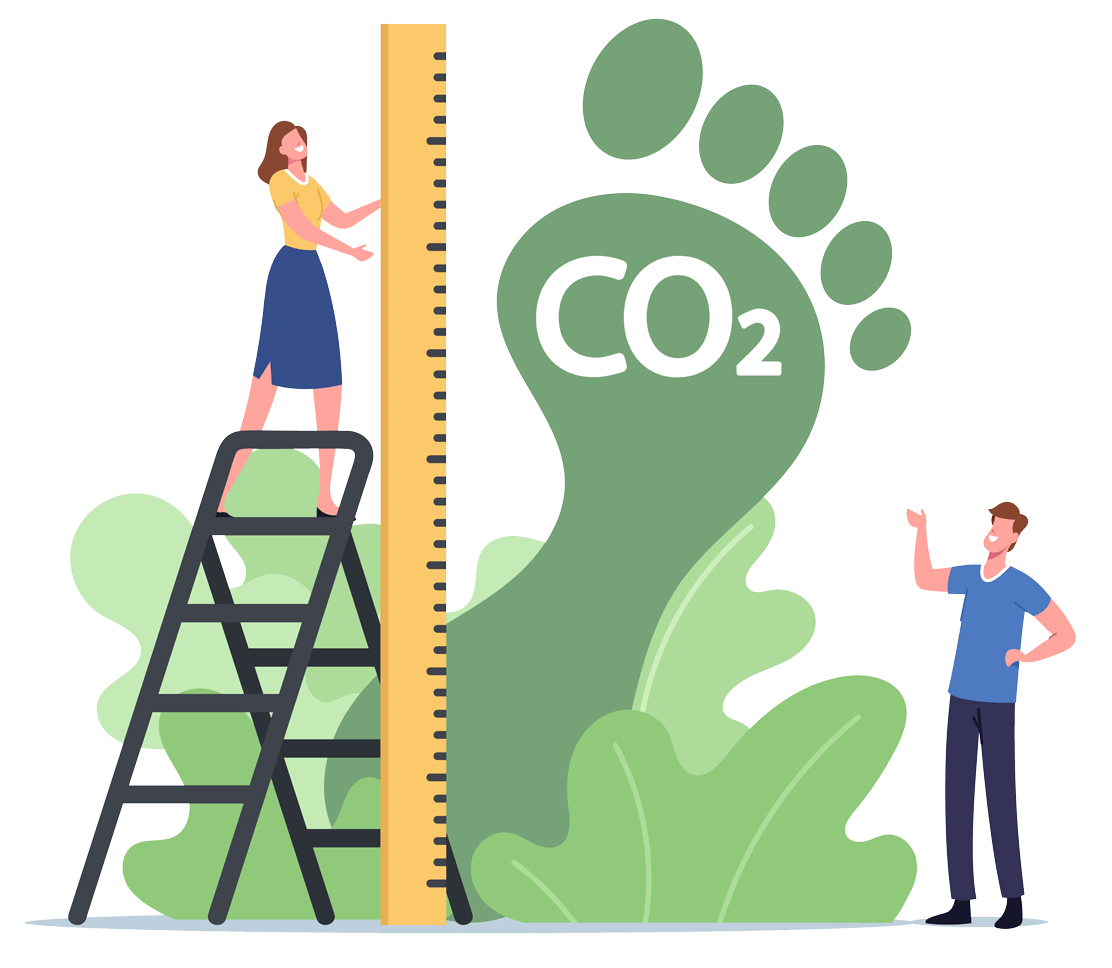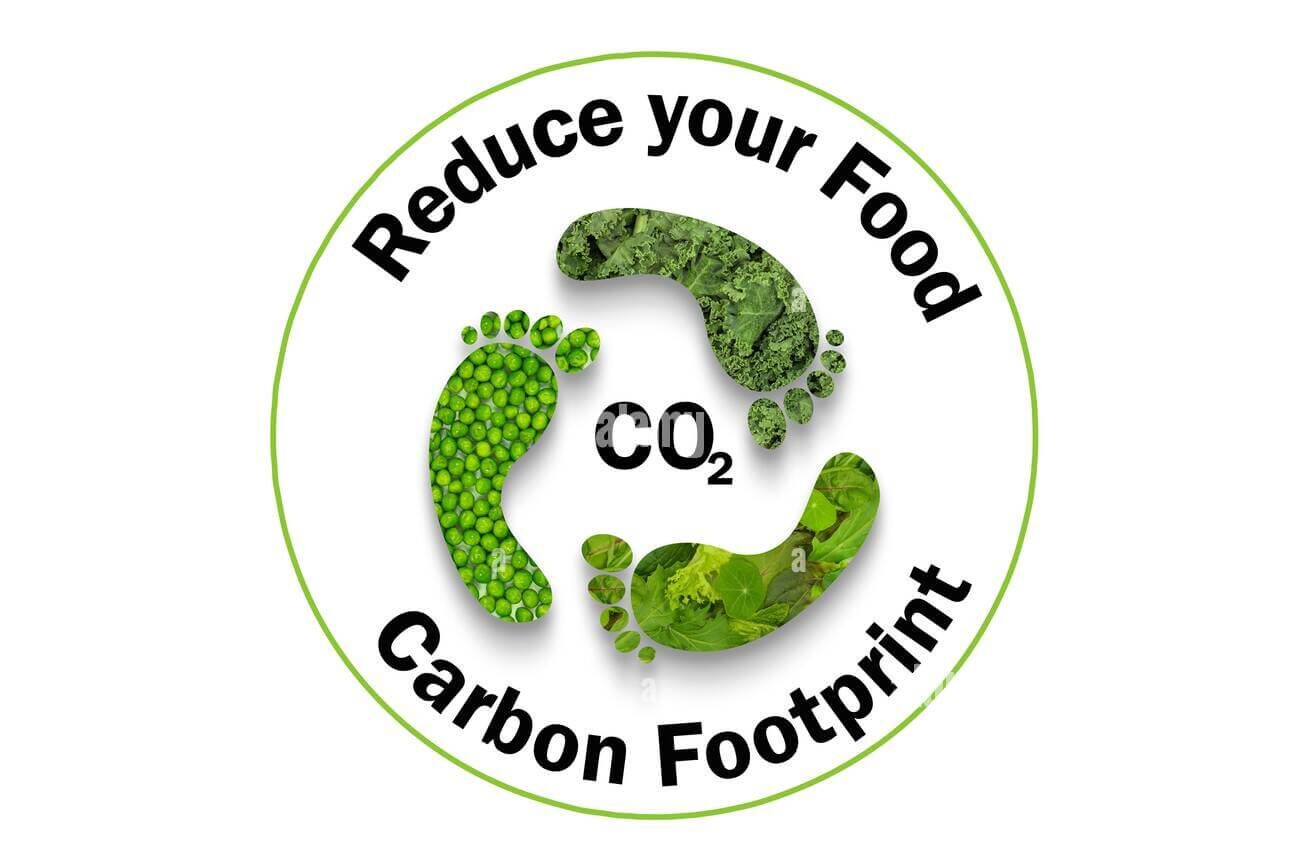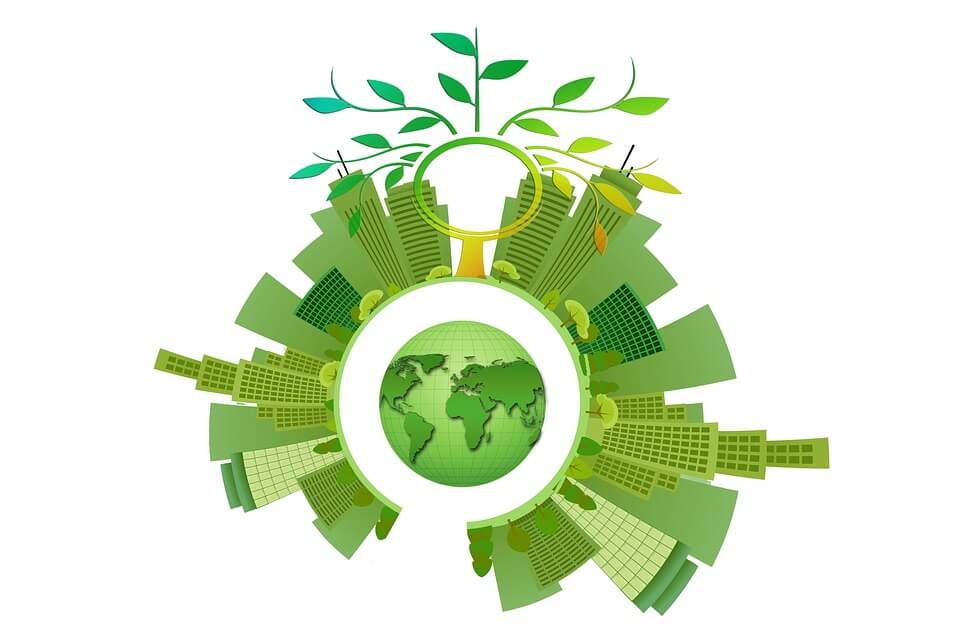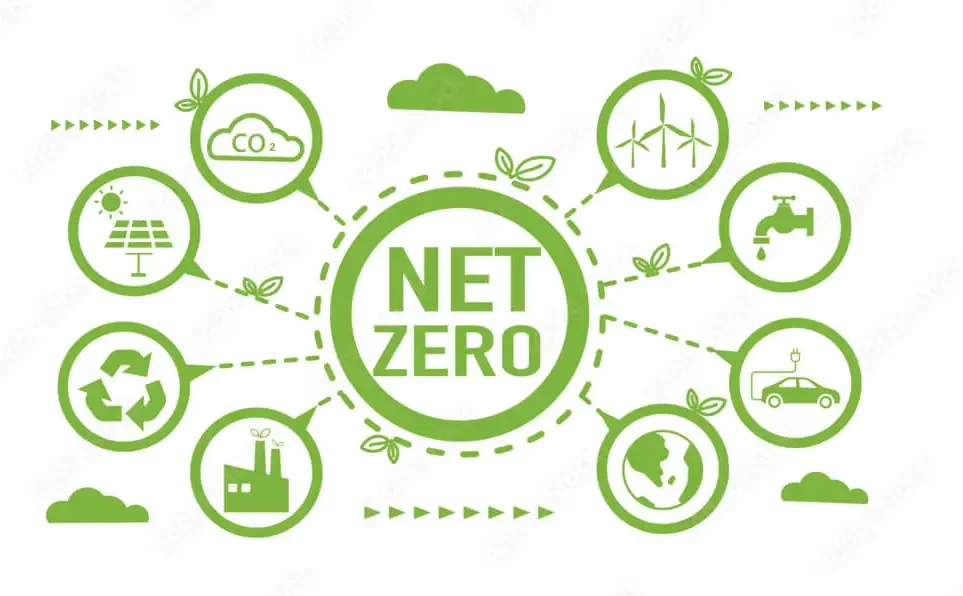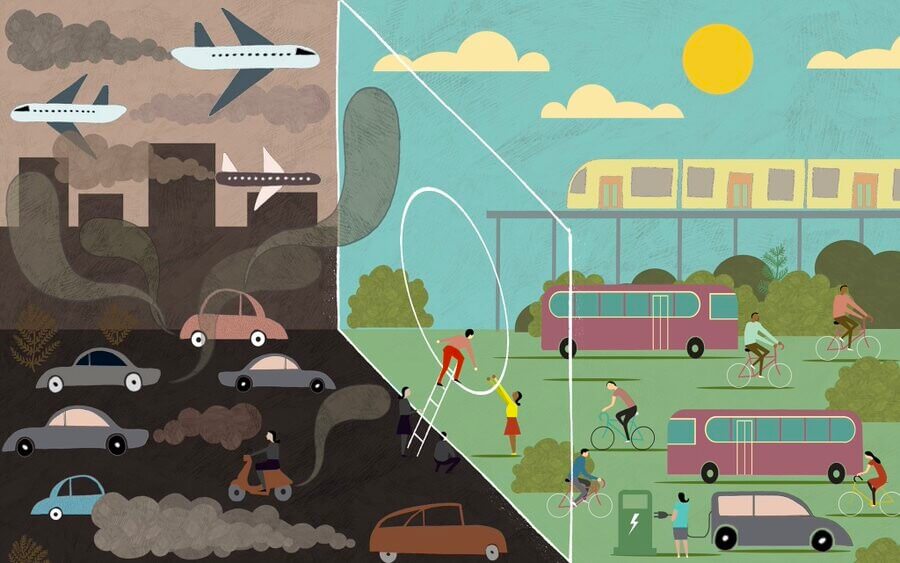Carbon footprint in products

In an increasingly environmentally conscious world, the carbon footprint of products has become a pressing concern.
From the clothes we wear to the electronic devices we use, the production and transportation of goods contribute significantly to climate change.
Consumers are eager to understand how their daily choices impact the planet. The lack of clear and easily accessible information about the carbon footprint of products has led to confusion and uncertainty.
This article will explain the mystery behind the carbon footprint of products. You will discover how it is calculated, why it is important, and how you can reduce your own carbon footprint by making informed choices in your everyday purchases.
What you will learn about the carbon footprint of products is:
- Definition and importance
- Stages and methodologies of product footprint analysis
- Case studies
- Certification programs
- Strategies
- Future trends in footprint reduction.
The Significance of Carbon Footprint in Products
To really understand the meaning, it is important to understand its definition and how it influences our environment.
Carbon footprint analysis is a tool used to measure the amount of greenhouse gas emissions produced by a person, organization or product.
It takes into account direct and indirect emissions caused by production such as:
- Transportation
- Consumption of goods
- Services.
Measuring carbon emissions is essential to assess the environmental impact of a product.
By calculating the greenhouse gas emissions associated with a product, we can identify areas for improvement and implement strategies to reduce its carbon footprint.
This is especially important in the fight against climate change, as carbon emissions have a major influence on global warming.
Life Cycle Assessment (LCA) and Carbon Footprint
To accurately assess the carbon footprint of products, it is essential to conduct a comprehensive Life Cycle Assessment (LCA).
LCA is a systematic approach that takes into account:
- Raw material extraction
- manufacturing
- Distribution
- Use and disposal.
By analyzing each stage, we can identify the sources of emissions and design effective strategies to reduce them.
The extraction of raw materials and the manufacturing process are often the most carbon-intensive stages of the life cycle; other stages, such as transportation and end-of-life disposal, also contribute to the overall carbon footprint.
By taking the entire cycle into account, we can avoid shifting emissions from one stage to another and gain a holistic understanding of a product’s environmental impact.
LCA provides valuable information on the carbon footprint of products, enabling companies to make informed sustainability decisions.
It helps to identify opportunities for emissions reductions, such as:
- Optimization of manufacturing processes
- Use of renewable energy sources
- Implementation of recycling initiatives.
By adopting these strategies, companies can minimize this situation and contribute to a more sustainable future.
Tools and Methodologies for Carbon Footprint Analysis in Products
To perform a comprehensive analysis of the carbon footprint of products, various tools and methodologies are available.
ISO 14040 and Publicly Available Specification (PAS) 2050 are widely recognized frameworks for footprint assessment.
These standards provide guidance on data collection, calculation methodologies and reporting, ensuring consistency and comparability of results.
Key parameters and indicators used in carbon footprint analysis include greenhouse gas emissions, energy consumption and water consumption.
Greenhouse gas emissions are usually measured in carbon dioxide equivalent (CO2e), which takes into account the global warming potential of the various greenhouse gasses.
Energy and water consumption are also important indicators of a product’s environmental impact.
Calculators and software play a crucial role in assessing specific products and tracking progress in reducing emissions.
These tools allow companies to enter data on raw materials, manufacturing processes, transportation and other relevant factors to calculate the footprint of their products.
By regularly monitoring their carbon footprints, companies can identify areas for improvement and set emission reduction targets.
Case Studies on Carbon Footprint in Products
Examination of case studies highlighting different products from various industries can provide valuable information on emission reduction strategies and best practices.
For example, the Carbon Catalog is a comprehensive database containing the carbon footprints of 866 commercial products from various industries and regions.
It provides information on the functional unit, life cycle stages and carbon emissions of each product, facilitating comparison and benchmarking.
By comparing the carbon footprints of similar products, companies can identify areas for improvement and implement effective emission reduction strategies.
For example, sustainable sourcing of raw materials, energy-efficient manufacturing processes and packaging optimization have proven to be effective methods for reducing carbon footprints.
Through these case studies, companies can learn from each other and work towards a more sustainable future.
Certification and Labeling Programs for Carbon Footprint in Products
Certification and labeling programs play a key role in promoting products with a reduced carbon footprint.
The Carbon Trust’s product footprint label is an example of such a scheme.
This label is displayed on products or their packaging, indicating that the product has undergone rigorous assessment and has achieved a reduced carbon footprint.
Certification and labeling programs help consumers make informed choices and support environmentally friendly products.
By seeking these labels, consumers can confidently choose products that match their sustainability values.
However, it is important to note that certification and labeling programs face challenges, such as the need for standardized methodologies and increased consumer awareness.
Strategies for Reducing Carbon Footprints in Products
Companies can adopt sustainable sourcing practices to ensure that raw materials are sourced responsibly and with minimal environmental impact.
This includes taking into account factors such as:
- Deforestation
- Soil deterioration
- Water use in the supply chain.
Energy-efficient manufacturing processes are another essential strategy to reduce it.
By optimizing production methods, using renewable energy sources and applying energy-saving technologies, companies can significantly reduce emissions during the manufacturing phase.
In addition, waste reduction and recycling initiatives can help minimize the environmental impact of products.
Packaging optimization is an often overlooked aspect of carbon footprint reduction.
By using environmentally friendly and recyclable materials, companies can minimize the carbon emissions associated with packaging.
In addition, adopting a circular economy approach, which focuses on reducing, reusing and recycling materials, can help to significantly reduce emissions.
Collaboration and innovation are key factors in reducing the carbon footprint of products.
By partnering with suppliers, customers and other stakeholders, companies can share knowledge and resources to develop sustainable solutions.
Embracing innovation, such as carbon capture and utilization technologies, renewable energy integration and circular design principles, can further enhance efforts to reduce carbon footprint.
Strategies for Reducing Carbon Footprints in Products | Future Trends and Innovations in Reducing Carbon Footprints in Products |
Sustainable sourcing of raw materials | Carbon capture and utilization technologies |
Energy-efficient manufacturing processes | Integration of renewable energy sources |
Waste reduction and recycling initiatives | Circular design principles |
Packaging optimization | Sustainable consumer behavior and government policies |
Collaboration and innovation | Circular economy principles |
Future Trends and Innovations in Reducing Carbon Footprints in Products
The future holds promising trends and innovations that can reduce the footprint of every product.
For example, carbon capture and utilization technologies have the potential to capture carbon dioxide emissions and convert them into valuable products, thus contributing to a circular economy.
Integrating renewable energy sources into manufacturing processes can also help companies achieve significant emission reductions.
Circular design principles, which prioritize the reuse and recycling of materials, are gaining ground in the development of sustainable products.
By designing products with recyclability and longevity in mind, companies can minimize the carbon footprint of their products.
On the other hand, sustainable consumer behavior and government policies that encourage low-carbon products can drive the adoption of viable environmentally friendly alternatives.
Conclusion: Taking Action for a Sustainable Future
Understanding and reducing the carbon footprint of products is a fundamental step towards achieving environmental sustainability.
By measuring and analyzing carbon emissions throughout a product’s life cycle, companies can identify areas for improvement and implement effective emission reduction strategies.
Certification and labeling programs help consumers make informed choices; collaboration and innovation are essential to drive the development of sustainable products.
As consumers, we have the power to support low-carbon products and drive change.
By prioritizing green choices and demanding transparency from companies, we can contribute to a greener future.
In addition, policymakers have a crucial role to play in implementing regulations and incentives that promote sustainable practices and reduce carbon footprints.
Let us all take responsibility for mitigating climate change through sustainable product development, informed consumer choice and collective action.
Together we can pave the way to a more sustainable and environmentally friendly world.
Reference 1: Carbon Footprint Analysis
Reference 2: The Carbon Catalogue
Questions and Answers
What is a carbon footprint in products?
A carbon footprint measures the greenhouse gas emissions caused by a product throughout its lifecycle.
How do products contribute to carbon footprints?
Products contribute to carbon footprints through manufacturing, transportation, and disposal processes.
Who is responsible for reducing carbon footprints in products?
Both manufacturers and consumers share the responsibility of reducing carbon footprints in products.
What can consumers do to reduce carbon footprints in products?
Consumers can choose eco-friendly products, recycle, and reduce energy consumption to lower carbon footprints.
How can manufacturers reduce carbon footprints in products?
Manufacturers can adopt sustainable practices, use renewable energy, and optimize supply chains to reduce carbon footprints.
Isn’t reducing carbon footprints in products costly for businesses?
While initial investments may be required, businesses can save money in the long run through energy efficiency and waste reduction.
What causes carbon footprint? From everyday activities to industrial impacts, learn how to mitigate your environmental footprint effectively."
Understand carbon footprint units like CO2e and kilograms to measure and reduce your environmental impact effectively.
Explore the different carbon footprint types—direct, indirect, embodied, and product—and learn strategies to reduce your environmental impact effectively.
Learn how to reduce your personal carbon footprint with practical strategies on energy, transportation, diet, and waste. Make a sustainable impact today.
Discover practical tips on reducing your water carbon footprint. Learn about water-saving strategies and their impact on climate change in this enlightening guide.
Offset your carbon footprint effectively with expert guidance. Understand the impact of your daily activities on emissions, calculate your footprint accurately, and support reputable offset projects.
Learn practical ways to reduce your carbon footprint & fight climate change. From energy conservation to sustainable transportation & eco-friendly diets, take steps for a greener future!
Sustainable strategies to shrink your carbon footprint. Learn eco-friendly practices for a greener lifestyle. Act now for a better world!
Ecuador's Zero Carbon Programme is a testament to the country's commitment to sustainability, setting a global example. This guide highlights the program's strategies, benefits, and how businesses can align with these green initiatives.
Discover the importance of Carbon Reporting in our analysis of Carbon accounting. Learn how to communicate your sustainability efforts clearly and transparently. Read more
Global Net Zero Programs leading the charge towards sustainability. From Latin America's innovative policies to the EU's Green Deal, this guide illuminates the path to a greener future for businesses, policymakers, and individuals.
Discover how to measure your financial portfolio's carbon footprint and take steps towards a sustainable future. Essential guide for environmentally conscious investors.


